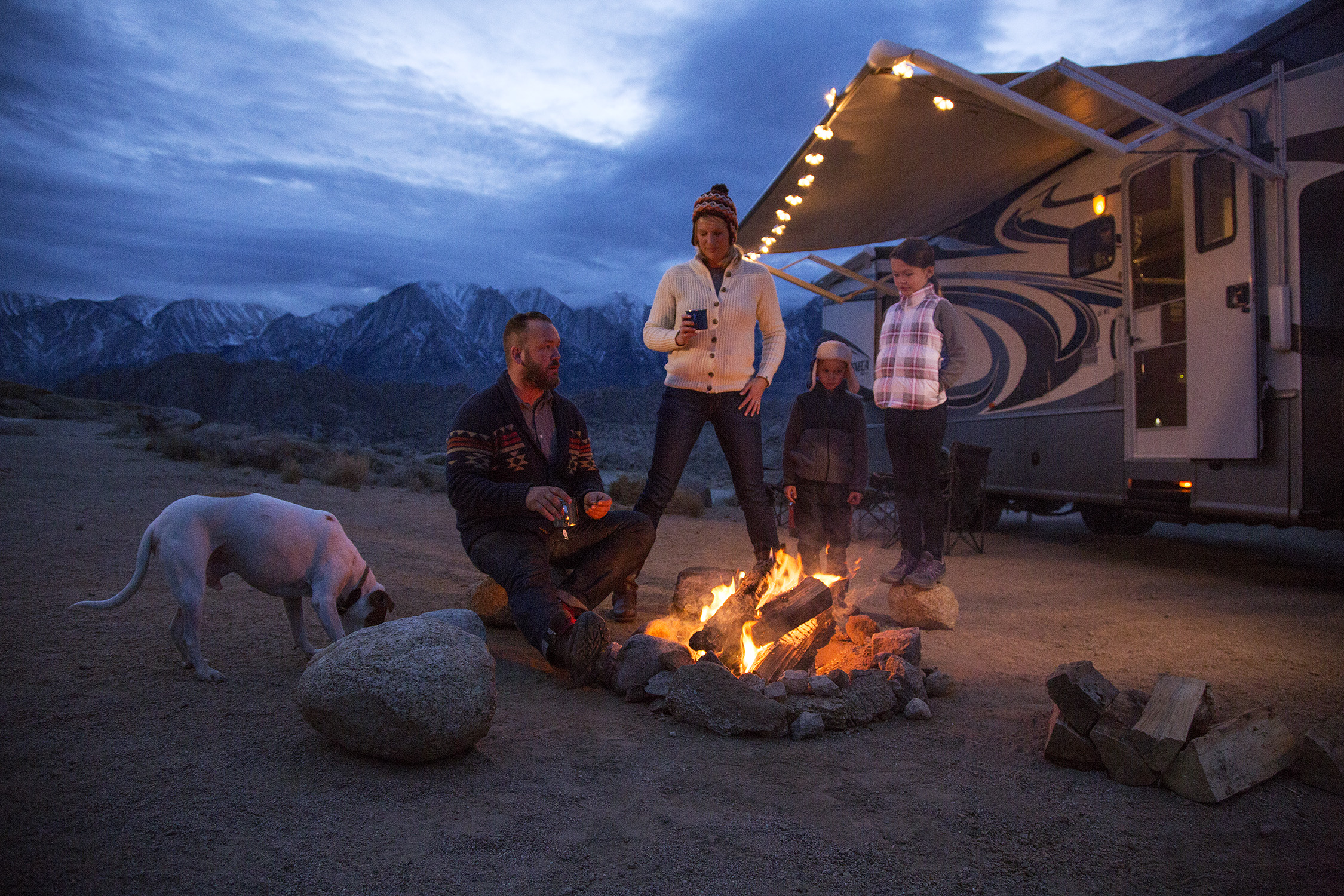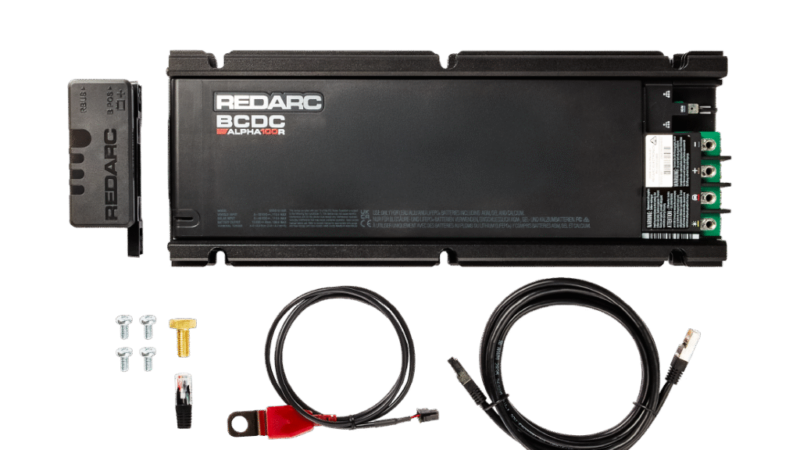RVDA’s Ingrassia: What’s Happening with COVID-era Buyers? – RVBusiness – Breaking RV Industry News

EDITOR’S NOTE: The following column by Phil Ingrassia, president of the RV Dealers Association, was published in the May 2025 issue of RV Executive Today, It is posted here with permission.
One of the most common questions I get asked by the media and investor groups looking at the RV business is: “What’s happening with people who bought their RVs during the COVID years?”
For someone from outside the industry who’s looking at recent RV industry data, it’s hard to miss the big COVID era bump. Between 2020 and 2022 the industry shipped and sold nearly 1.5 million RVs in the U.S. and Canada.
Now a special report focused on COVID buyers and other first-time owners has some answers, and the results are encouraging for the future of the business.
The latest Go RVing RV Owner Demographic Profile looks at first-time RV buyers, with a spotlight on those who entered the market during the COVID-19 pandemic, which it pegs between 2020-2022. The good news is that these “COVID buyers” have demonstrated a strong commitment to RV travel, since the pandemic restrictions on other types of leisure travel ended.
Demographics and RV Usage Habits
The typical COVID buyer is between 18 and 54 years old (73 percent), with an average annual income of over $75,000 (49 percent), according to the report.
COVID buyers, like other owners, bought an RV based on positive past camping experience (36 percent) as well as the simple desire to change how they travel (36 percent).
RV Preferences and Purchasing Behavior
Most COVID buyers bought conventional travel trailers (49 percent) and a large majority (69 percent) bought new RVs. While many of these buyers used cash (48 percent) to pay for the unit, a significant portion used private financing (21 percent) and almost a quarter of the group said they used dealer-arranged financing (24 percent).
Brand Loyalty and Future Intentions
Brand loyalty is strong among COVID buyers, with 86 percent saying they are likely to purchase the same brand again, which is much higher than previous RV owner studies that asked the same question.
What really stands out is that owners who purchased their first RV during the COVID pandemic are more likely than other first-time buyers to demonstrate a commitment to buy again (68 percent vs. 60 percent).
Based on data from the full Go RVing RV Owner Demographic Profile, RVs are typically replaced every 2-5 years (62 percent), which means that those who purchased their first RV during COVID are likely in the market for a new RV.
COVID-era buyers also tend to use their RVs slightly more often than other owners . . . and are more likely to say they use them more than expected.
So, the fear expressed by some analysts that COVID-era buyers would soon abandon their RV for other types of travel doesn’t hold up, according to the research. COVID-era buyers, like other RV owners, are overwhelmingly satisfied and plan to stay in the market.
If you’d like to dig a little deeper into the results of the owner survey, RVDA members can get access to the Go RVing report at www.rvda.org.






